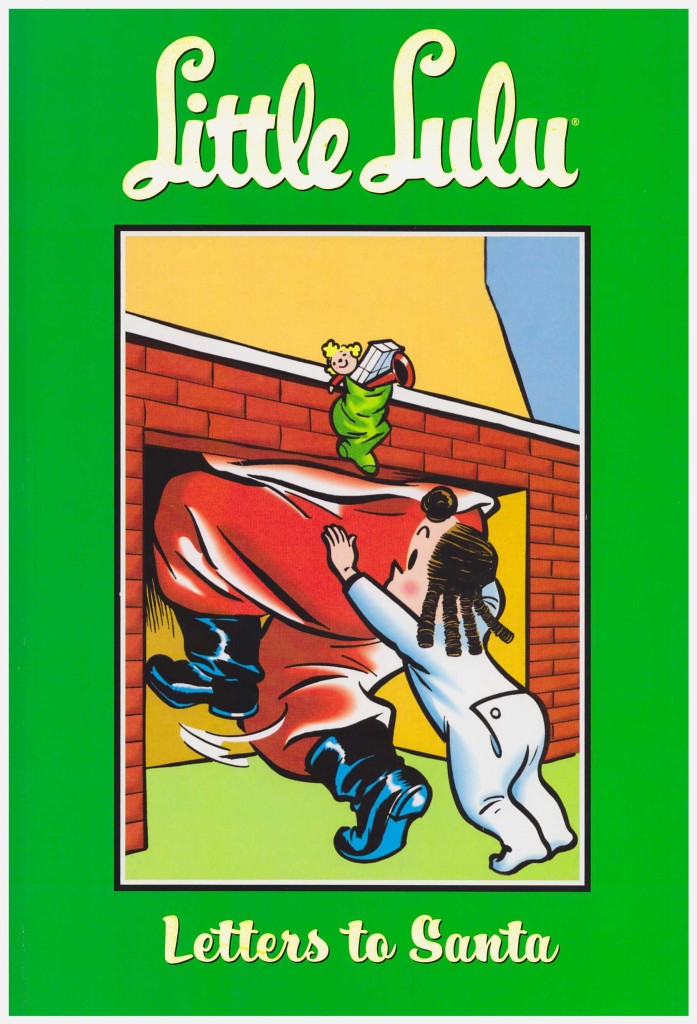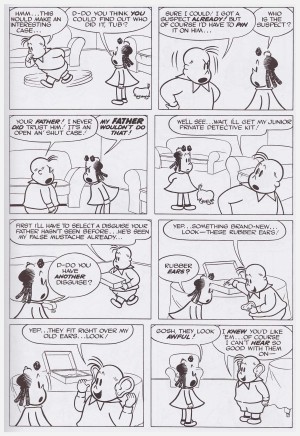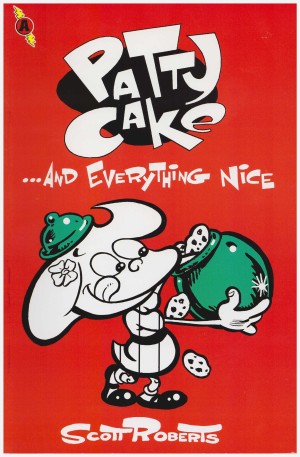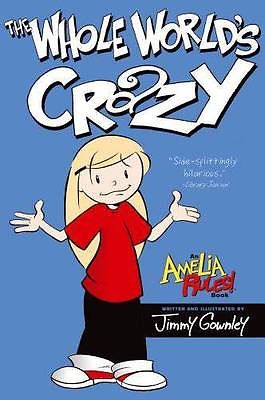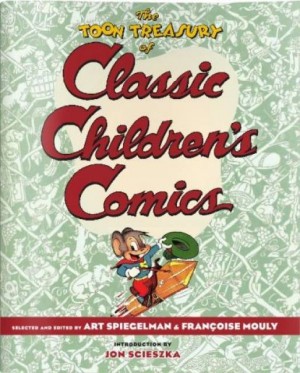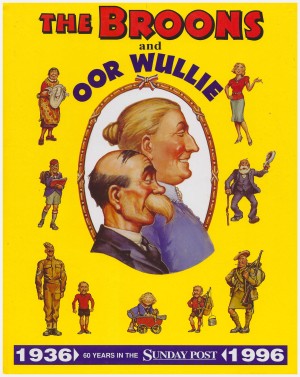Review by Frank Plowright
The strips in Letters to Santa were originally published in the winter between 1949 and 1950, and John Stanley and Irving Tripp are now into a golden period they’d extend over the following seven years, or a further 22 volumes as far as Dark Horse’s digest sized reprint series is concerned. There are still a few characters yet to make their début, most notably Witch Hazel (still three volumes away) and Little Itch, and to a lesser extent the West Side Gang and Chubby, but here we have the introduction of truant officer McNabbem. He’d provide multiple plot springboards over the coming years.
It’s also helpful that from this volume Dark Horse being numbering their chronological reprints of Little Lulu. It’s just as well, actually, as the title of the next volume Lulu’s Umbrella Service, confusingly refers to a story printed here in which she’s offering to shelter people during the rain if they’ve not brought their own umbrella. Unfortunately, her first customer is Wilbur Van Snobbe.
He’s the most important introduction in this collection, his appearances almost invariably beginning with his description as “that fresh rich kid”. Van Snobbe is no Richie Rich analogue, but an often callous child whose privileged upbringing renders a lack of understanding when it comes to the problems experienced by other children in the neighbourhood. He’s not yet fully developed in his two introductory strips here, but will come to provide a devious foil to the other cast members, often in association with the vain Gloria. His resources will also provide a new regular challenge for their ingenuity.
Elsewhere we have the full complement of material that might be expected: Tubby as hilarious detective the Spider, Lulu telling charmless tyke Alvin fairy tales about the poor little girl, five Tubby solo stories, and Lulu formidably capable in turning the tables on those who’d take advantage of her better nature.
Tripp’s art, as ever from Stanley’s layouts, has now settled into the familiar Little Lulu style of cartooning, adaptable, charming and evocative.
Despite many aspects of Little Lulu embedding the strip firmly within a byegone era, her resourceful and upbeat character is so well defined that it still holds appeal for today’s young girls. This isn’t a book that should be seen as a reclamation project for original readers, but one that should be widely circulated.
